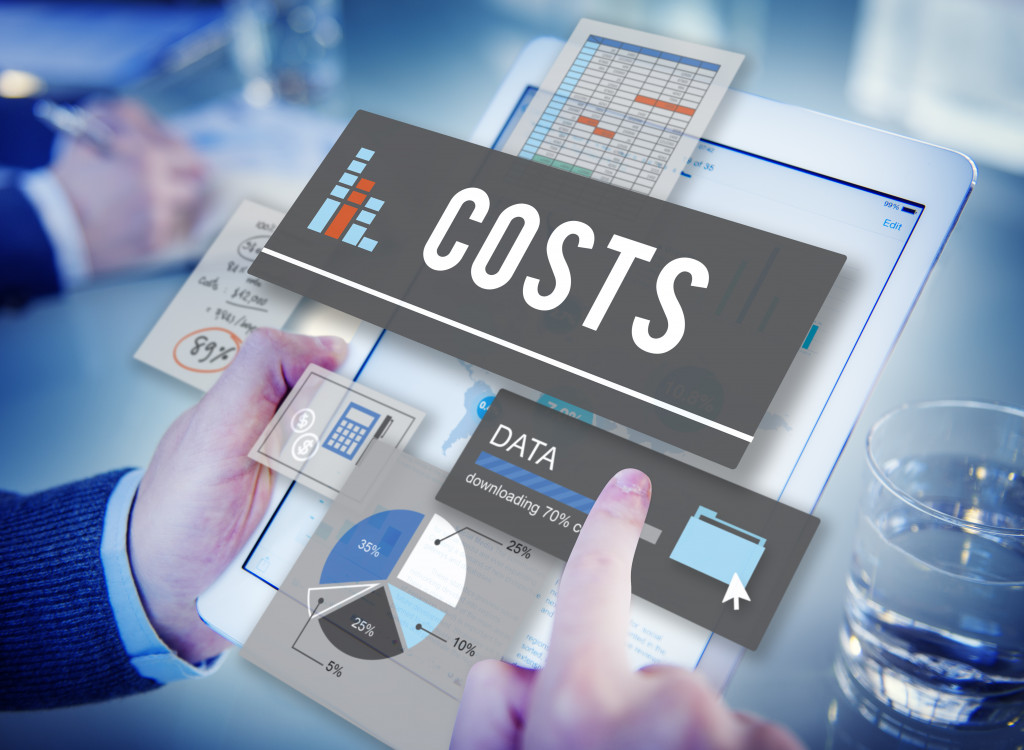- Analyze and streamline operational costs to reduce business expenses.
- Review and optimize supplier relationships for better pricing agreements.
- Embrace technology and automation to save time and money.
- Implement cost-conscious marketing strategies such as digital channels, analytics tools, and focusing on quality content.
- Have a plan for natural disasters to reduce unexpected financial losses.
Running a successful business requires effective cost management. You can increase profitability and ensure long-term sustainability by reducing your business expenses. This guide will provide five valuable tips to help you optimize your expenses and improve your bottom line.
1. Analyze and Streamline Operational Costs
To reduce your business expenses, conducting a thorough analysis of your operational costs is essential. Evaluate each expense category: rent, utilities, supplies, and technology. Identify areas where you can streamline processes, negotiate better rates with suppliers, or eliminate unnecessary expenses. For example, consider implementing energy-efficient practices to reduce utility bills or explore co-working spaces as a cost-effective alternative to traditional office spaces.
2. Review and Optimize Supplier Relationships
Another effective strategy for reducing business expenses is to review and optimize your supplier relationships. Regularly evaluate your suppliers to ensure you are getting the best value for your money. Compare prices, negotiate better terms, and explore alternative vendors. Consolidating your purchases with fewer suppliers can often result in volume discounts or better pricing agreements. Maintaining strong relationships with reliable suppliers is essential to negotiate favorable terms.
3. Embrace Technology and Automation

Technology can play a significant role in reducing business expenses. Embrace automation tools and software that can streamline repetitive tasks and improve efficiency. To automate various processes, consider implementing project management software, customer relationship management (CRM) systems, and accounting software. Automation saves time and reduces the risk of human errors, ultimately leading to cost savings for your business.
4. Implement Cost-Conscious Marketing Strategies
Marketing is crucial for business growth but can also be a significant expense. Implement cost-conscious marketing strategies to reduce expenses while effectively reaching your target audience.
Here are tips for creating cost-conscious marketing strategies:
Establish a Budget
Creating a budget for your marketing efforts is essential to stay within your desired spending parameters while effectively reaching your target audience. Start by researching what similar businesses are spending on their marketing activities annually and adjusting based on the size of your company and available resources. It’s important to include all costs associated with marketing, including any fees for developing or distributing content, hosting events, or managing campaigns. Set realistic expectations and create plans for scaling up or down as needed.
Utilize Digital Marketing Channels

Digital channels can effectively reach potential customers at a lower cost than traditional methods, such as television or radio ads. Popular digital channels include social media, content marketing, and SEO. Keep up with trends in digital marketing to ensure you’re engaging customers on the platforms they frequent most. Be creative with your approach while remaining mindful of your budget—utilize video, podcasts, and other forms of content to reach more people without breaking the bank.
Measure Your Performance
Analytics tools can help you understand which channels provide the best ROI regarding engagement and customer conversions. Spend time researching analytics solutions that make sense for your business and set a timeline for measuring performance regularly, such as monthly or quarterly. Once you have collected data on your campaigns, use it to identify areas where you can focus more resources or adjust tactics to maximize your return on investment.
Focus on Quality
Remembering quality is always better than quantity in marketing is important. A few well-crafted campaigns or content pieces can go much further than stretching your budget too thin across multiple tactics. Prioritize refining and investing in the content and activities that deliver the best results rather than simply expanding your reach without any real focus or purpose. With thoughtful planning and execution, you can reduce costs while effectively reaching potential customers with cost-conscious marketing strategies.
5. Having a Plan for Natural Disasters
Planning for natural disasters is essential for mitigating financial losses during unexpected events. Investing in a reliable SWPPP plan is essential for your business to mitigate the risks of natural disasters. SWPPP stands for Storm Water Pollution Prevention Plan, a site-specific plan designed to minimize the risk of pollution during floods and storms. This includes regularly inspecting storm drains, ensuring no blocked pathways, and keeping all runoff material from entering sensitive ecosystems. Ensuring that your SWPPP is up-to-date and regularly maintained can significantly reduce the financial losses associated with storm damage.
To Wrap It Up
Reducing business expenses is a vital aspect of financial management that can contribute to long-term success. You can effectively reduce your business expenses and increase profitability by analyzing operational costs, optimizing supplier relationships, embracing technology, optimizing employee costs, and implementing cost-conscious marketing strategies. Additionally, planning for natural disasters minimizes financial losses during unforeseen events. Implement these strategies today to take control of your business expenses and ensure a healthier bottom line.

